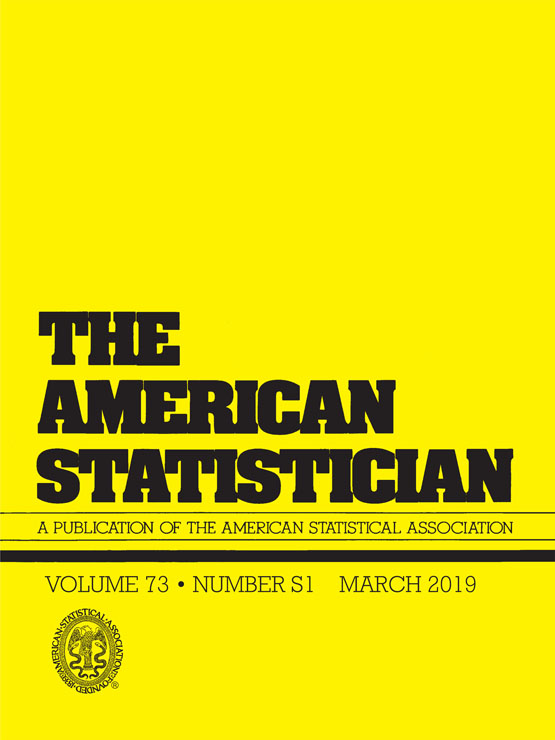tandfonline.com har udgivet en rapport under søgningen “Teacher Education Mathematics”:
ABSTRACT
ABSTRACT
Relying on effect size as a measure of practical significance is turning out to be just as misleading as using p-values to determine the effectiveness of interventions for improving clinical practice in complex organizations such as schools. This article explains how effect sizes have misdirected practice in education and other disciplines. Even when effect size is incorporated into RCT research the recommendations of whether interventions are effective are misleading and generally useless to practitioners. As a result, a new criterion of practical benefit is recommended for evaluating research findings about the effectiveness of interventions in complex organizations where benchmarks of existing performance exist. Practical benefit exists when the unadjusted performance of an experimental group provides a noticeable advantage over an existing benchmark. Some basic principles for determining practical benefit are provided. Practical benefit is more intuitive and is expected to enable leaders to make more accurate assessments as to whether published research findings are likely to produce noticeable improvements in their organizations. In addition, practical benefit is used routinely as the research criterion for the alternative scientific methodology of improvement science that has an established track record of being a more efficient way to develop new interventions that improve practice dramatically than RCT research. Finally, the problems with practical significance suggest that the research community should seek different inferential methods for research designed to improve clinical performance in complex organizations, as compared to methods for testing theories and medicines.
